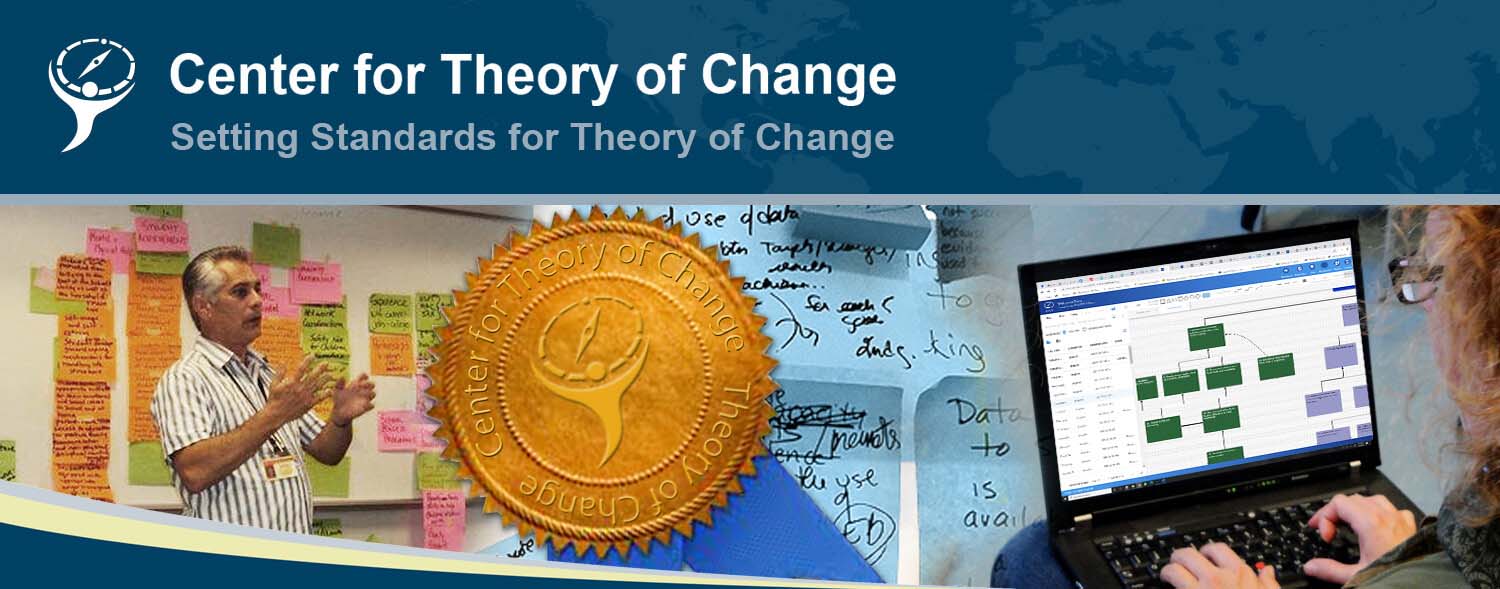Identifying Long-term Goals
In the first stage of theory development, TOC participants discuss, agree on, and get specific about, the long-term goal or goals. This can be done in a variety of ways, (see our facilitator’s guide), but the important thing is to set a good, clear outcome. The quality of the rest of the theory hinges on doing this right!
Then, TOC participants start to design a simple map of the preconditions required to bring about the long-term goal. Beginning the mapping process helps stakeholders to visualize and prioritize their goals as well as specify what they expect to change and for which outcomes they want to be held accountable.
Stage 1: Identifying Goals and Outcomes
Commentary
For this example, the long-term outcome is the long-term employment of domestic violence survivors at a livable wage. To achieve that goal, the program designers identify three preconditions: survivors attain coping skills, survivors have marketable skills in non-traditional jobs and survivors know and have appropriate workplace behavior. The program designers identified these preconditions from their experience and from research. To illustrate the logical importance of the three preconditions, we use solid, arrowed lines to show that the preconditions MUST come before the final long-term outcome.

